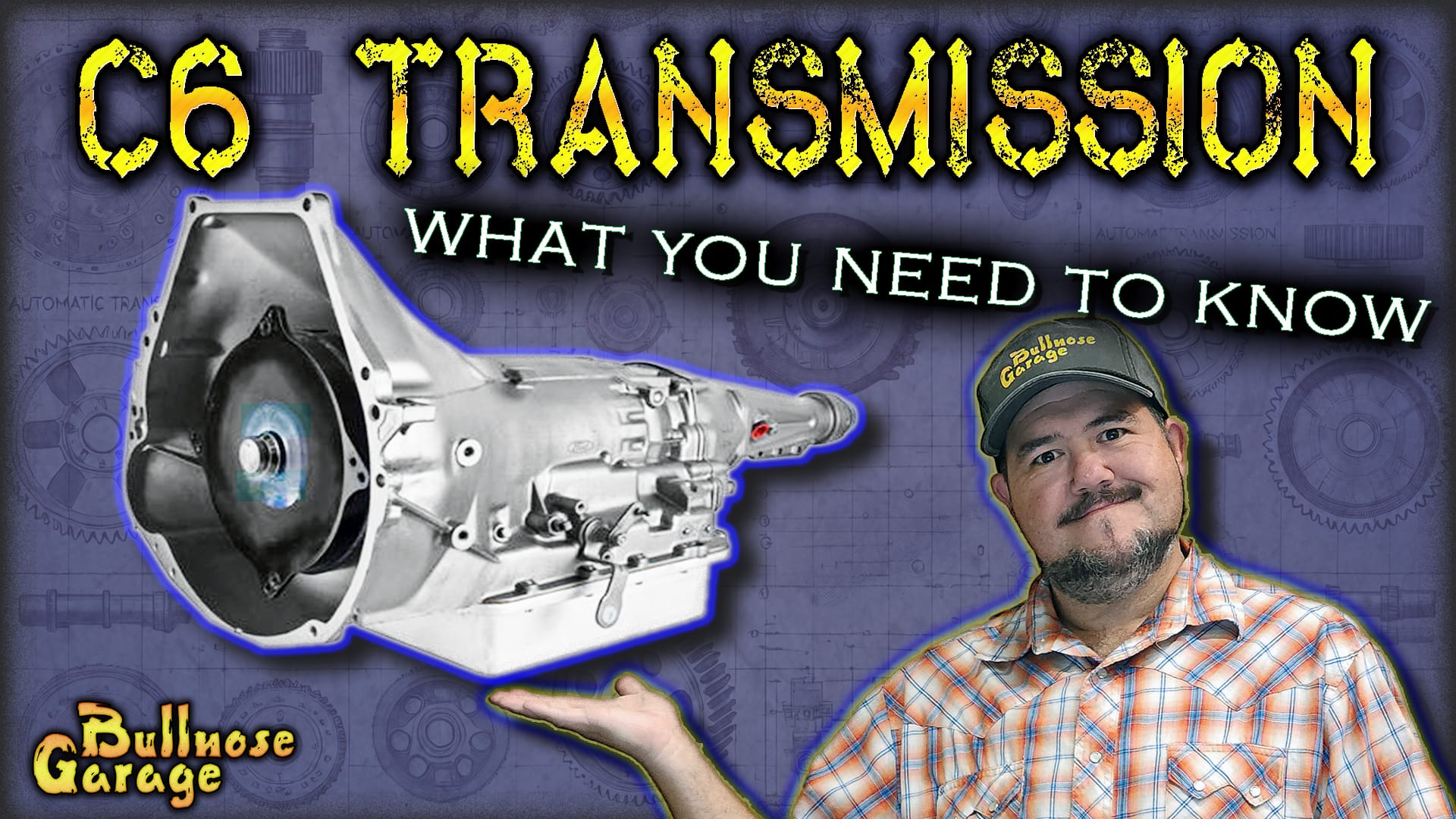What are the common issues with a 1986 Ford F150 5.0 automatic not starting?
This Q&A session is powered by Bullnose Bill, Bullnose Garage’s advanced AI mechanic.
Have your own question? Ask Bill!
What could be causing my 1986 F150 to not start despite new fuel injectors and lines?
Let’s dig into this fuel issue with your ’86 F-150. It sounds like you’re dealing with a fuel delivery problem. Here are a few steps to troubleshoot and hopefully resolve it:
Check Fuel Pressure
-
Fuel Pressure Test:
- Use a fuel pressure gauge to check the pressure at the fuel rail. The 5.0 EFI should have around 35-45 psi.
- If the pressure is low, it might be a failing fuel pump or a clogged fuel filter.
-
Fuel Pump:
- Listen for the fuel pump priming when you turn the key to the "ON" position. If you don’t hear it, the pump may be failing or there could be an electrical issue.
Inspect Fuel System Components
-
Fuel Filter:
- Make sure your fuel filter isn’t clogged. A blocked filter will restrict fuel flow to the engine.
-
Fuel Pump Relay:
- Check the fuel pump relay and its connections. A faulty relay can prevent power from reaching the pump.
-
Inertia Switch:
- Ensure the inertia switch hasn’t been tripped. This switch cuts off fuel in the event of a collision but can sometimes trip accidentally.
Check Air and Idle Control
-
Idle Air Control Valve (IAC):
- A faulty IAC valve can cause high idle and stalling. Clean or replace it if needed.
-
Throttle Position Sensor (TPS):
- If the TPS is out of adjustment or faulty, it can cause stalling when you hit the gas. Test it with a multimeter to ensure proper operation.
Electrical and Sensor Checks
-
Mass Air Flow (MAF) Sensor:
- Make sure the MAF sensor is clean and functioning properly. A dirty or defective MAF can cause idle and throttle issues.
-
Engine Control Unit (ECU):
- Consider checking for any stored trouble codes, even if the Check Engine Light isn’t on. This might give you clues.
Pro Tips
- Fuel Quality: Ensure the fuel is fresh and not contaminated with water or debris.
- Vacuum Leaks: Inspect for vacuum leaks around the intake manifold and hoses, as these can affect idle and throttle response.
If you go through these steps and still have issues, there could be something more specific tied to the electrical system or the ECU. Keep me posted on what you find!
I have replaced all fuel pumps and filters; what else should I check?
Got it. Since you’ve got new fuel pumps and filters, let’s focus on some other potential culprits:
Electrical and Sensor Focus
-
Fuel Pump Relay and Wiring:
- Double-check the relay and associated wiring for any corrosion or loose connections.
-
Throttle Position Sensor (TPS):
- Test the TPS with a multimeter. It should have a smooth change in voltage as you move the throttle.
-
Idle Air Control Valve (IAC):
- Clean the IAC valve. If it’s sticking, it can cause idle and stalling issues.
Fuel System Pressure Check
- Pressure Regulator:
- Ensure the fuel pressure regulator isn’t leaking or faulty. Check the vacuum line attached to it for fuel presence, indicating a diaphragm issue.
Air Intake and Sensors
-
MAF Sensor:
- Ensure the MAF sensor is clean. Use MAF cleaner to avoid damaging it.
-
Check for Vacuum Leaks:
- Inspect all hoses and the intake manifold for leaks with a smoke test or carb cleaner spray.
ECU and Codes
- Diagnostic Scan:
- Even if the Check Engine Light isn’t on, use a scan tool to check for any stored codes.
Additional Thoughts
- Timing and Ignition:
- Confirm the ignition timing is set correctly and the distributor cap and rotor aren’t worn out.
If you troubleshoot these areas and still face issues, it might be worth consulting with a local mechanic for a deeper diagnostic. Let me know how it goes!
Why does my truck respond to starting fluid but not start normally?
When your engine fires with starting fluid, but not otherwise, it indicates the engine is getting spark and air but insufficient fuel. Here’s why that might happen:
Potential Causes
-
Insufficient Fuel Delivery:
- Even with new pumps, there might be an obstruction or a weak electrical supply affecting the pump’s performance.
-
Fuel Pressure Regulator:
- A faulty regulator might be providing insufficient pressure, preventing fuel from reaching the injectors effectively.
-
Injectors Not Firing:
- The injectors might not be getting the signal to fire. This could be a wiring issue, a blown fuse, or a problem with the Engine Control Unit (ECU).
What to Check Next
-
Injector Pulse:
- Use a noid light to check if the injectors are getting a pulse. If not, it’s likely an electrical or ECU issue.
-
Fuel Pressure:
- Even with new components, verify that the pressure at the fuel rail meets specifications.
-
ECU and Electrical Connections:
- Ensure all related electrical connectors are secure, with no corrosion or damage.
-
Check Grounds:
- Poor grounding can affect fuel system components, causing erratic behavior.
By addressing these areas, you can better pinpoint the weak link in the fuel delivery system. Let me know how you progress!
Does the 1986 Ford F150 have an OBD port for diagnostics?
Your 1986 F-150 likely doesn’t have an OBD-I port like later vehicles. Instead, it uses a self-test connector under the hood, typically near the driver’s side fender. You can use a code reader specifically for Ford vehicles from this era or perform a manual test with a test light or multimeter to read trouble codes.
Here’s how you can do it:
How to Read Codes
-
Locate the Connector:
- Find the EEC-IV test connector under the hood.
-
Connect a Test Light:
- Use a test light or jumper wire to connect the Self-Test Input (STI) to the Signal Return (SIG RET).
-
Turn the Key On:
- Turn the ignition key to the "ON" position without starting the engine.
-
Read the Codes:
- Count the flashes of the Check Engine Light or test light. The flashes correspond to two-digit trouble codes.
Tips
-
Code Interpretation:
- Refer to a code list for specific meanings. There should be two sets: continuous memory codes and hard fault codes.
-
Be Patient:
- The process takes a little time, so be patient while counting the flashes.
This can help pinpoint issues that might not be immediately obvious. Let me know what codes you find!
Where can I find the OBD port under the hood of my 1986 F150?
The EEC-IV test connector on your 1986 F-150 is usually located near the driver’s side fender, close to the firewall or the brake booster. It might be covered with a plastic cap. Look for a small, rectangular connector with a couple of wires leading into it. If you’re having trouble locating it, check the area around the master cylinder or the power distribution box.

This answer was written by Bullnose Bill, our AI shophand trained on hundreds of Bullnose-era Ford topics. He knows his way around old Ford Trucks.
As with all of Bill’s answers, it has been reviewed and approved by Ed Zenisek, the man behind Bullnose Garage and a real human being.
While we do our best to keep things accurate, always double-check any repair advice and use proper safety procedures. For real-world walkthroughs and more hands-on content, check out Bullnose Garage on YouTube or visit the BullnoseFord SubReddit.
As an Amazon Associate, I earn from qualifying purchases. If you see an Amazon link on my site, purchasing the item from Amazon using that link helps out the Channel.

